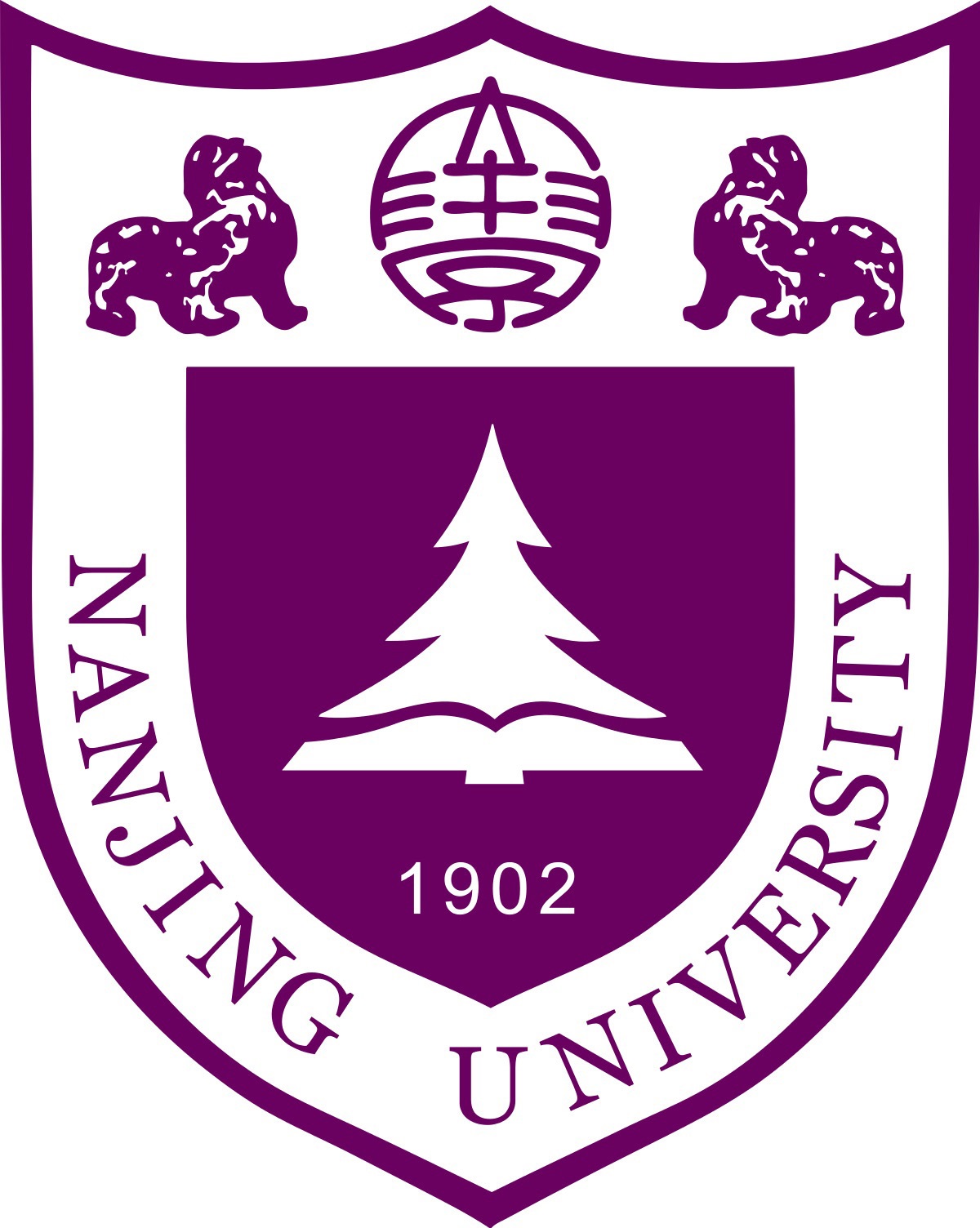RegionE: Adaptive Region-Aware Generation for Efficient Image Editing
Recently, instruction-based image editing (IIE) has received widespread attention. In practice, IIE often modifies only specific regions of an image, while the remaining areas largely remain unchanged. Although these two types of regions differ significantly in generation difficulty and computational redundancy, existing IIE models do not account for this distinction, instead applying a uniform generation process across the entire image. This motivates us to propose RegionE, an adaptive, region-aware generation framework that accelerates IIE tasks without additional training. Specifically, the RegionE framework consists of three main components: 1) Adaptive Region Partition. We observed that the trajectory of unedited regions is straight, allowing for multi-step denoised predictions to be inferred in a single step. Therefore, in the early denoising stages, we partition the image into edited and unedited regions based on the difference between the final estimated result and the reference image. 2) Region-Aware Generation. After distinguishing the regions, we replace multi-step denoising with one-step prediction for unedited areas. For edited regions, the trajectory is curved, requiring local iterative denoising. To improve the efficiency and quality of local iterative generation, we propose the Region-Instruction KV Cache, which reduces computational cost while incorporating global information. 3) Adaptive Velocity Decay Cache. Observing that adjacent timesteps in edited regions exhibit strong velocity similarity, we further propose an adaptive velocity decay cache to accelerate the local denoising process. We applied RegionE to state-of-the-art IIE base models, including Step1X-Edit, FLUX.1 Kontext, and Qwen-Image-Edit. RegionE achieved acceleration factors of 2.57, 2.41, and 2.06. Evaluations by GPT-4o confirmed that semantic and perceptual fidelity were well preserved.



